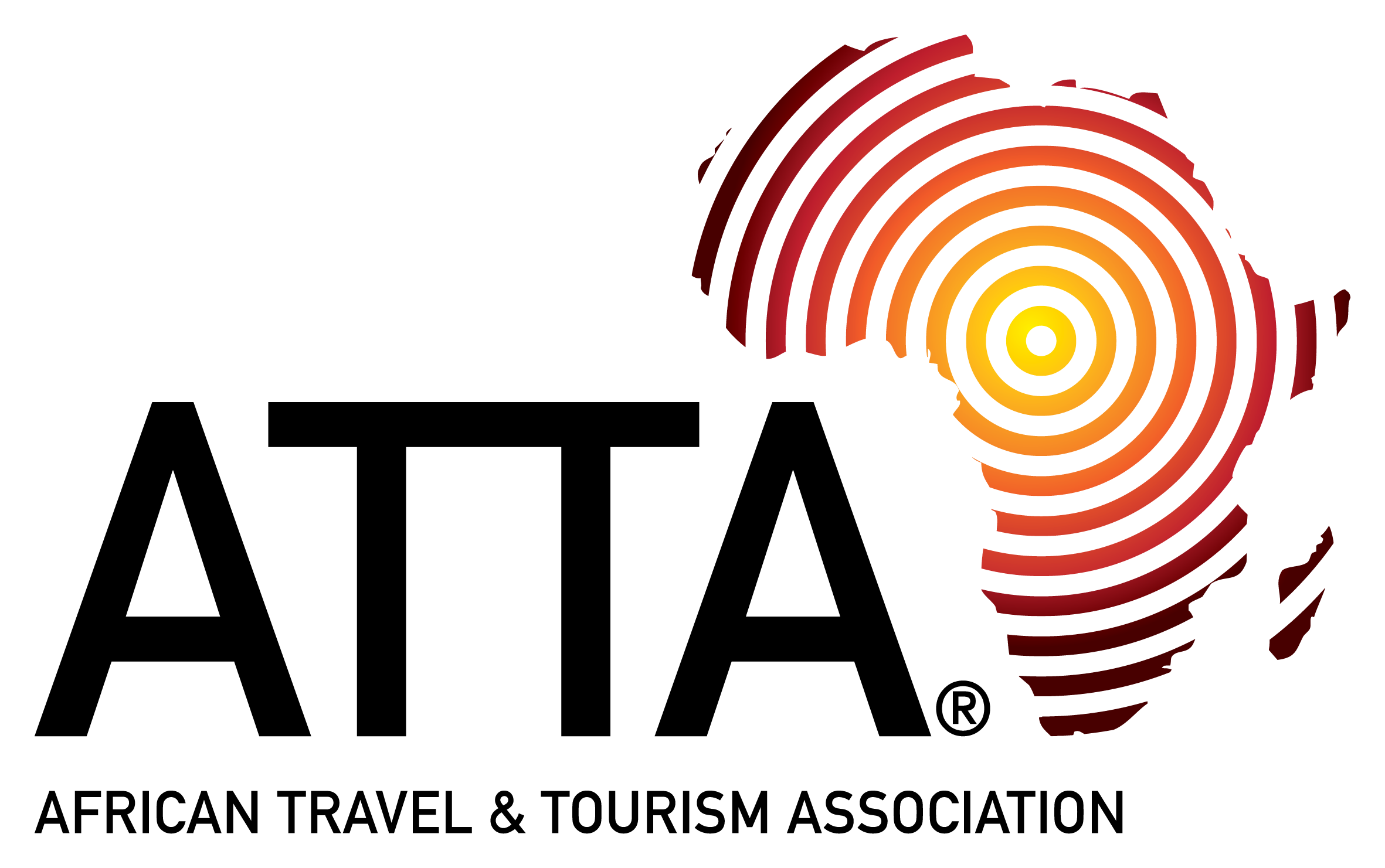Mgahinga is the smallest wildlife park in Uganda, yet one of the most important. Like its more famous neighbour, Bwindi, Mgahinga is home to the endangered mountain gorilla. The park is situated in the far south-western corner of Uganda, close to the border with Rwanda and the Congo, where it forms part of the Virunga Conservation Area. Close to 500 gorillas (see WWF report) roam freely throughout the region, with encompasses not just Mgahinga, but also Volcanoes National Park (Rwanda) and Virunga NP (DRC).
As well as its resident population of mountain gorilla, little Mgahinga is also notable for its dramatic scenery. The park is situated on the northern slopes of three of the Virunga Volcanoes – Sabinyo, Muhavura and Gahinga (all extinct). Their forested cones dominate the landscape, and are visible from miles away. The slopes of the volcanoes are incredibly fertile, sustaining the dense rainforest and its varied fauna and flora.
For nearly all visitors, the main attraction of Mgahinga is of course the gorilla tracking, but you’ll also find within the Virunga forest a host of other creatures, large and small, from jackal to buffalo, porcupine to elephant. Leopard, serval, bushbuck and golden monkey can also be seen, as well as a variety of birds, including such rarities as the Rwenzori turaco and crowned crane. Do note that many of these species occur in limited numbers, and the rainforest makes wildlife-spotting difficult, so don’t expect guaranteed sightings.
In and around Mgahinga Gorilla National Park, Uganda
Gorilla tracking is the primary attraction of Mgahinga National Park. Gorilla treks can last a whole day, but provide an opportunity for you to see large sections of the park as well as the gorillas themselves.
There are a number of hiking routes just outside the park boundaries, and you can also climb the three Virunga volcanoes situated within the park. Mount Sabinyo (3,670m), the oldest of the extinct volcanoes, provides a tough but rewarding climb. It has three peaks, and the route to the highest involves a steep climb and some rock scrambling. As you stand at the summit you can look over into Rwanda and the DRC, though you won’t see any borders or natural landmarks to mark the boundaries—just miles of and miles of dense rainforest and a stunning panorama of mist-coated volcanic cones.
Garama Cave is located not far from the park and is worth a visit if you have time, though it’s not essential. A former Batwa hideout, it’s an important landmark in the conflict between the Bantu and Batwa tribes. Travel with a guide who will be able to explain the significance of the site. Nearby Sabinyo Gorge offers an easy 6km walking trail to a small waterfall, with great views of the volcanoes to be had en-route (on a clear day).




